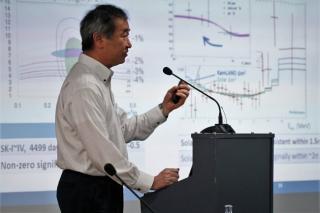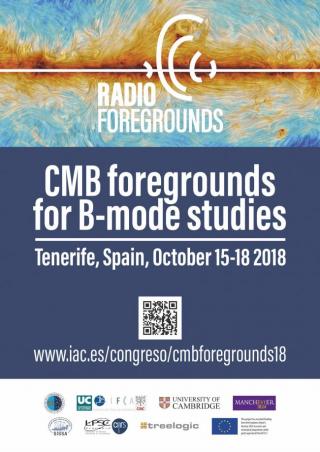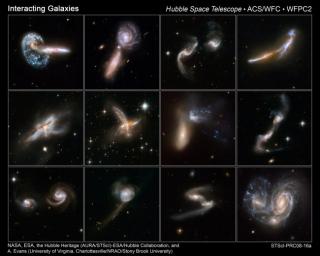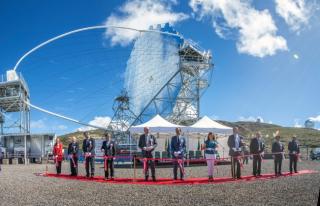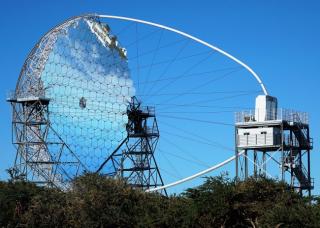
The Department of Education and Universities (CEU) of the Government of the Canaries, and the Instituto de Astrofísica de Canarias (IAC), Severo Ochoa Centre of Excellence, are starting again with joint activities for promoting astronomy, based on the natural resource of the Canary skies, and coinciding with the 30th anniversary of the pioneering “Law of the Sky”.
Advertised on
